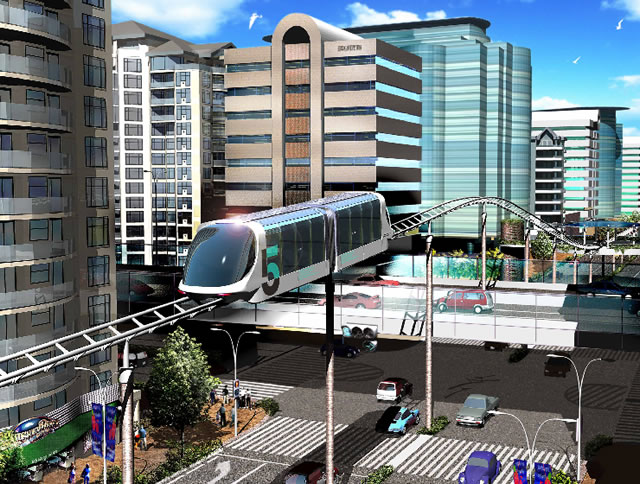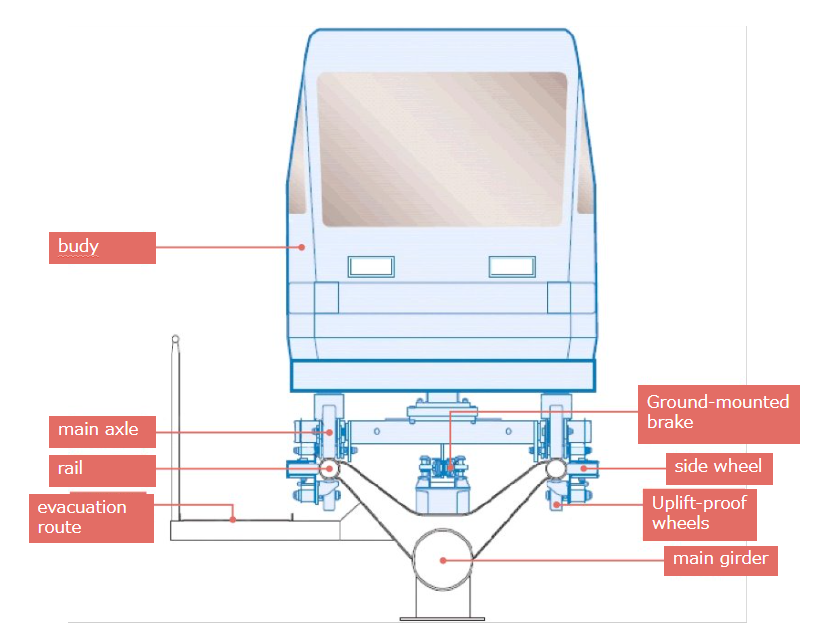Public transport systems continue to grow to meet changing lifestyles
Kashiwa has already started social experiments with a number of public transport systems and is accumulating data on the results. However, in order to respond to the diversifying lifestyles of citizens and increasingly complex transport issues, it is essential to research and develop new public transport systems based on unconventional ideas. What is an energetically innovative public transport system? What is a public transport system that can be used by anyone, anywhere? What public transport systems are suitable for neighbourhood walks? The development of a number of public transport systems that precisely meet the needs of citizens will make it possible to cover local transport issues. By providing convenient and smooth travel for those who mainly commute to work, school and business travel, and easy and secure travel for those who are vulnerable to traffic and those who live in traffic-free zones, the mobility and circulation of the entire Kashiwa City area will be dramatically revitalised. To this end, we will continue to research and develop public transport systems from a new perspective.
Lifestyles are expected to become increasingly diversified in response to regional development and changes in the distribution of the population. In order to respond to these new social changes, it is very important to continue to think about what the next generation of public transport systems should be. This is also the reason why the ITS concept of ‘ITS growing together with people and communities’ is so important.
Research and development of ‘Eco-Ride’ – an energy-saving short-distance public transport system without power.
[Background and purpose of the research.]
Japan is now the most advanced super-aged society in the world, with the population aged 65 and over accounting for more than 23% of the total population. On the other hand, the withdrawal of regional public transport services, particularly in rural areas, has long since become the norm, and the nature of feeder transport services that can contribute to regional reconstruction in depopulated areas is being questioned once again.
Looking to the future, when regional feeder transport is required in urban areas with the elderly as the main users, there is a possibility that a form of public transport mode that does not necessarily exist will be required. In this study, a prototype vehicle of the energy-saving short-distance transport system ‘Eco-Ride’ is developed and its applicability is investigated as a new transport system that can flexibly meet the transport needs of different regions with low construction, energy consumption and operating costs.
[Overview of the Eco-Ride concept and prototype vehicle]
Eco-rides run by converting positional energy into kinetic energy. It is a new concept of track-based public transport system that applies roller coaster technology and has the following three features.
●Primary ground system:The vehicle does not have a driving power unit or braking system on the vehicle side, but is driven smoothly between stations by the trackside driving system and drive unit.
●Three-way support system:the wheels are safely supported on the track in three directions to prevent derailment.
●Unmanned operation:the train is operated unmanned by remote monitoring and ground control, with no crew on board.
As there is no power mechanism on the vehicle side, the vehicle and track are expected to be lighter, more resource-efficient and energy-efficient. It will have a construction cost of about 1/5th of a new transport system (the same level as LRT) and energy-saving operation of about 1/2 that of railways, subject to the safety technology developed for the roller coaster.
The system is expected to perform as a medium-level transport system, with the following design parameters: operating distance: up to 10 km, transport capacity: 2,000-2,500 passengers/h, maximum running speed: 50 km/h, maximum gradient: 25% (14°), minimum turning radius: 12.5 m.
The University of Tokyo’s Institute of Industrial Science (IIS) and Senyo Kogyo Co., Ltd. are conducting a joint research project at the Chiba Test Station, which was commissioned by the New Energy and Industrial Technology Development Organisation (NEDO) in 2006-2008, entitled ‘Research and Development of a Hybrid Eco-Ride System Using Positional Energy’, and by the Ministry of Economy, Trade and Industry in 2009, entitled ‘Technology Discovery and Social System Demonstration Model Project for a Low-Carbon Society’. In 2009, the Ministry of Economy, Trade and Industry of Japan (METI) supported the “Demonstration research of a low-carbon regional transport model by developing the ITS medium-volume public transport ‘Eco-ride'”, and conducted evaluation experiments on ride comfort and seating arrangements using Eco-ride test vehicles. Furthermore, in collaboration with the ITS Demonstration Experiment Model City (Kashiwa City) of the Accelerated Social Return Project (Cabinet Office), we are also planning to construct a demonstration line in the Kashiwa-no-ha area.


